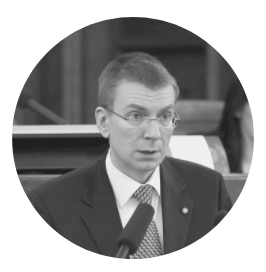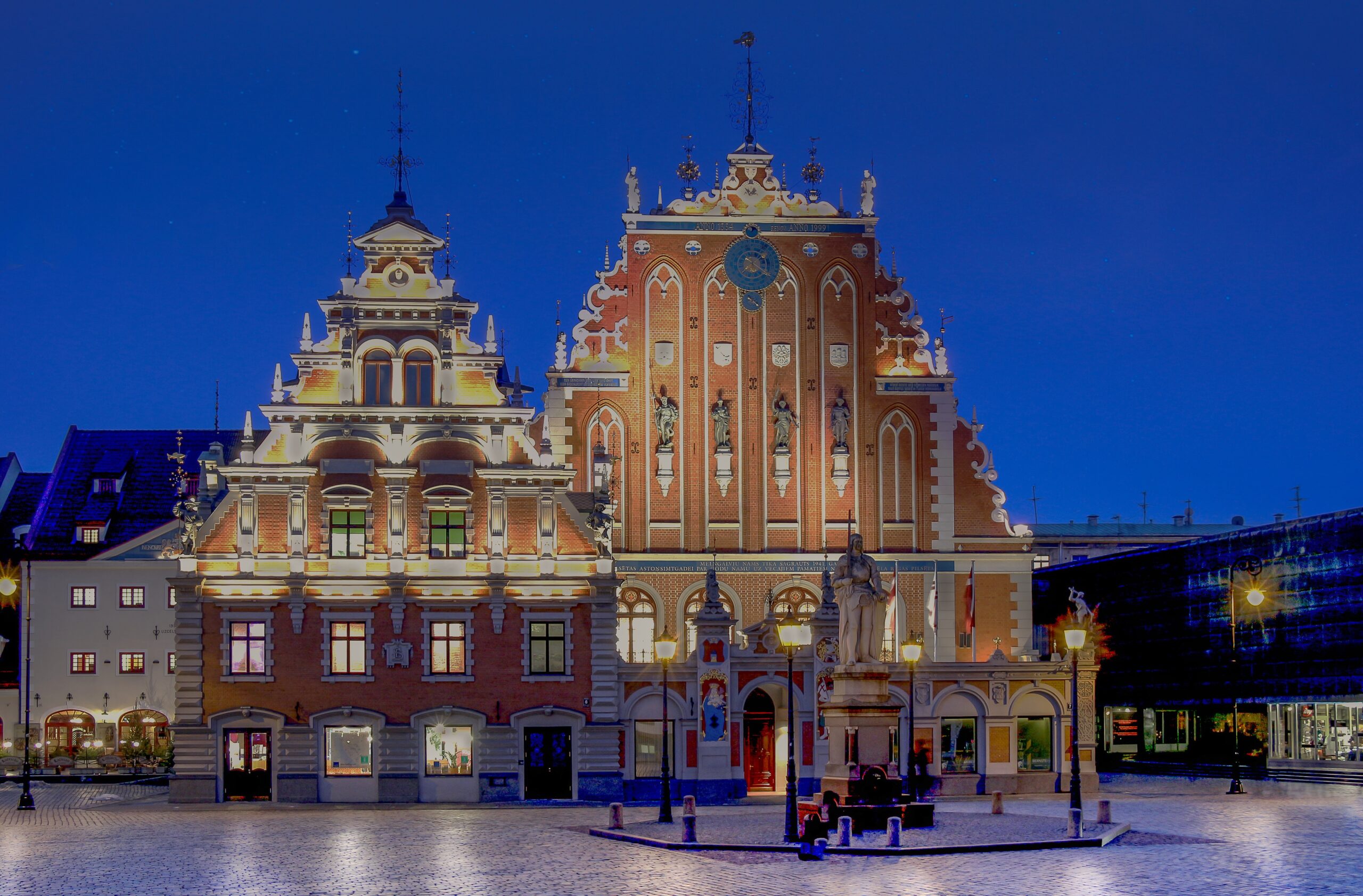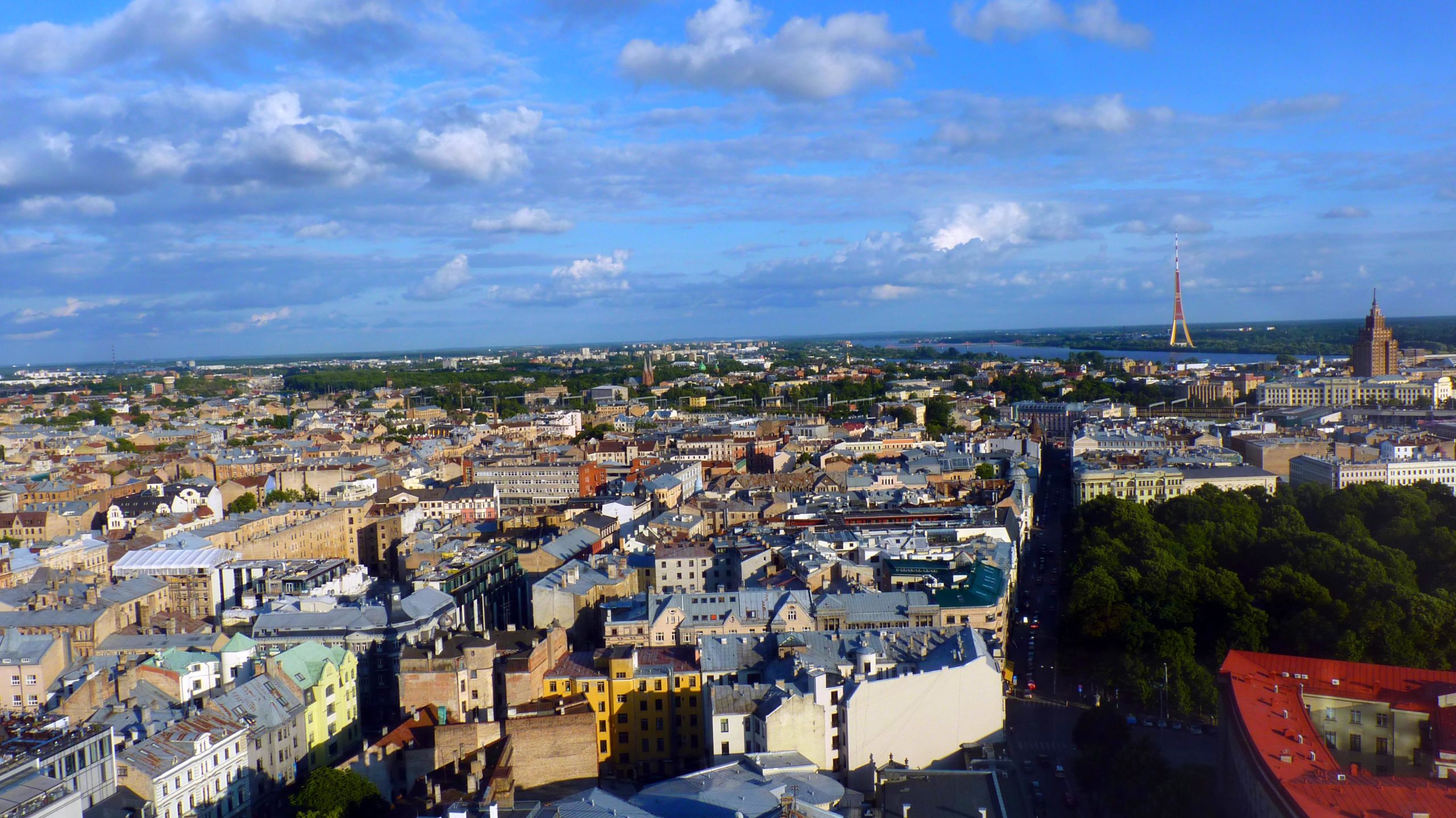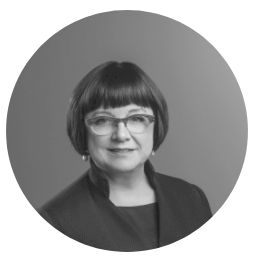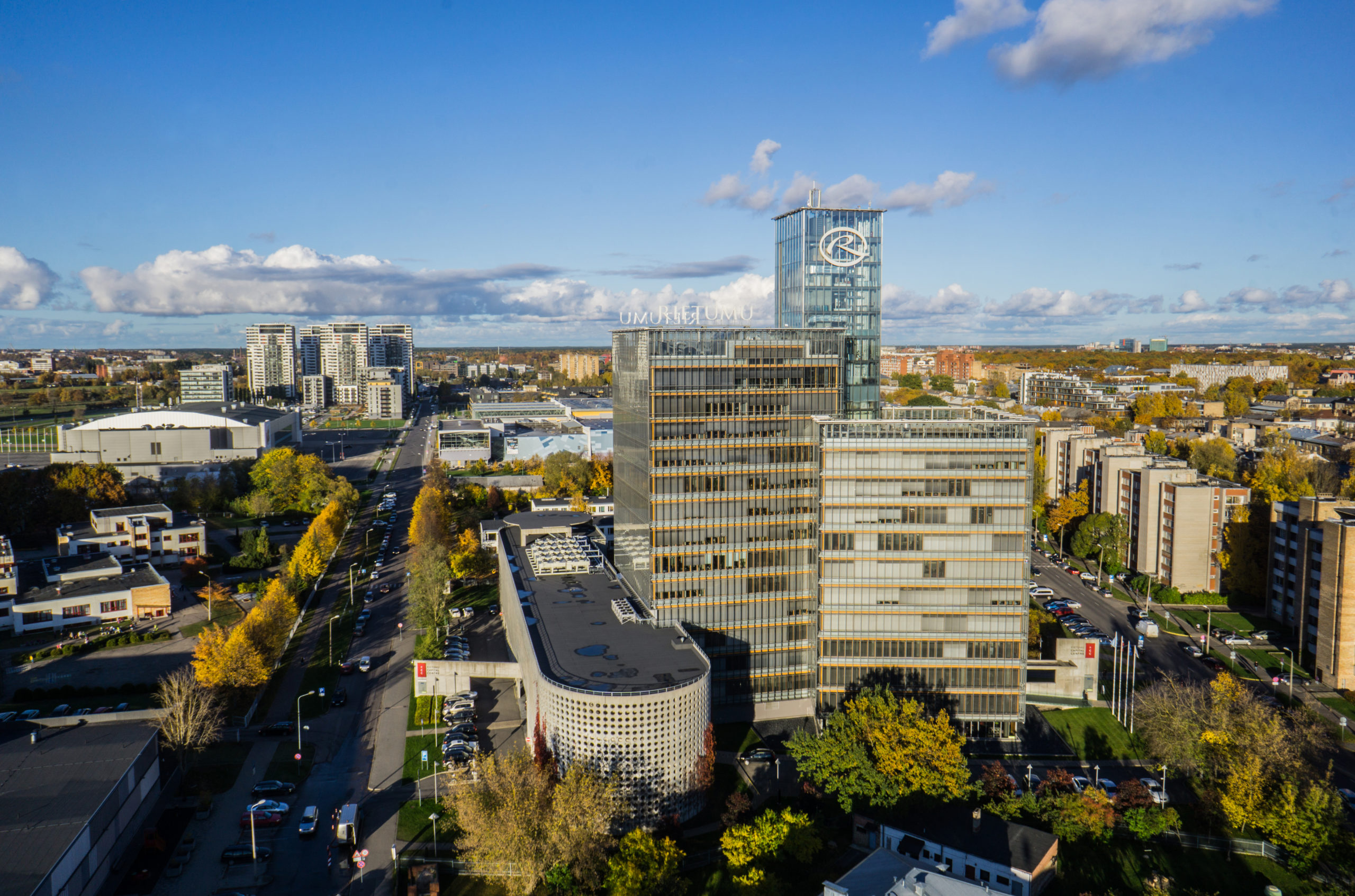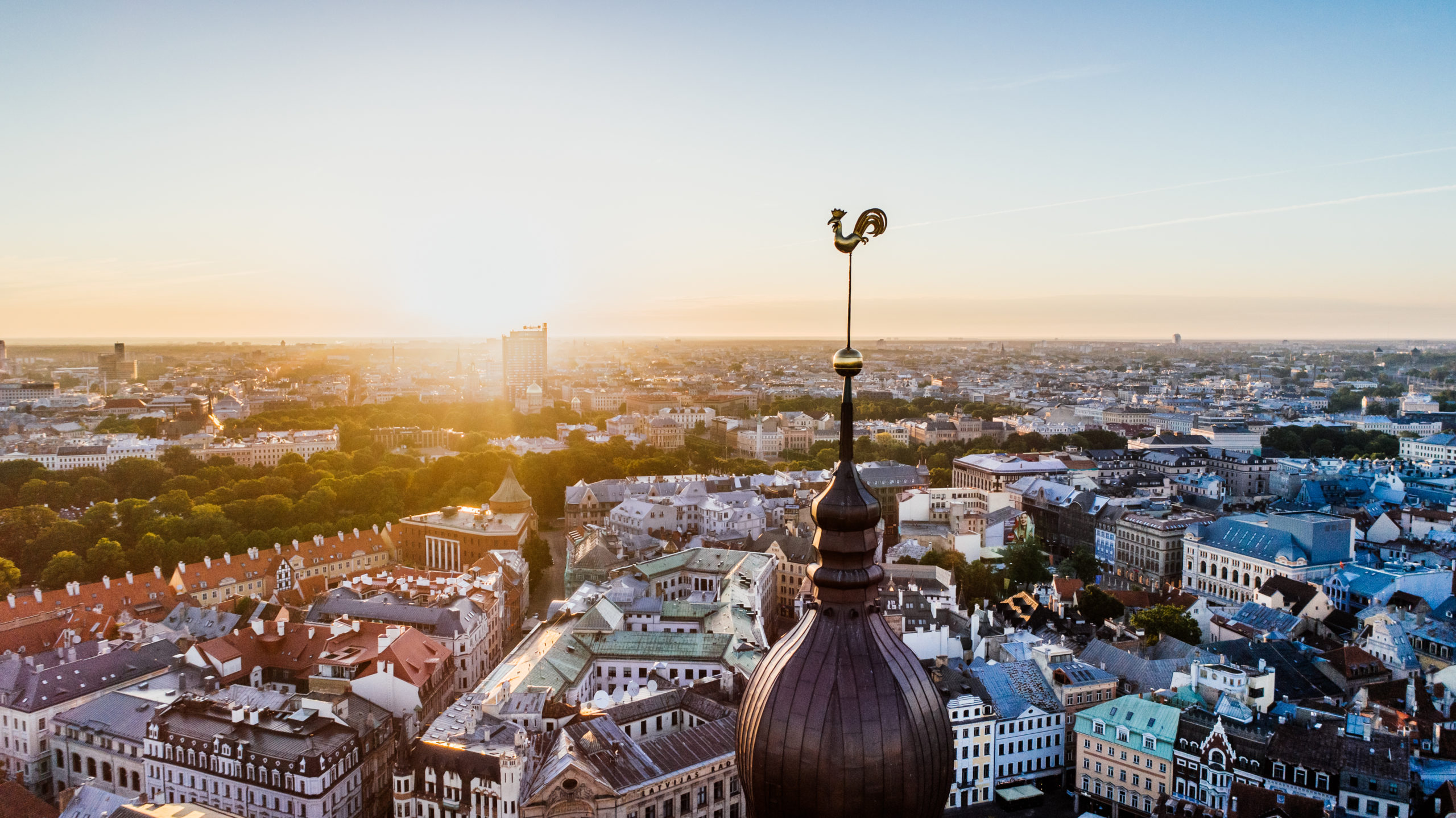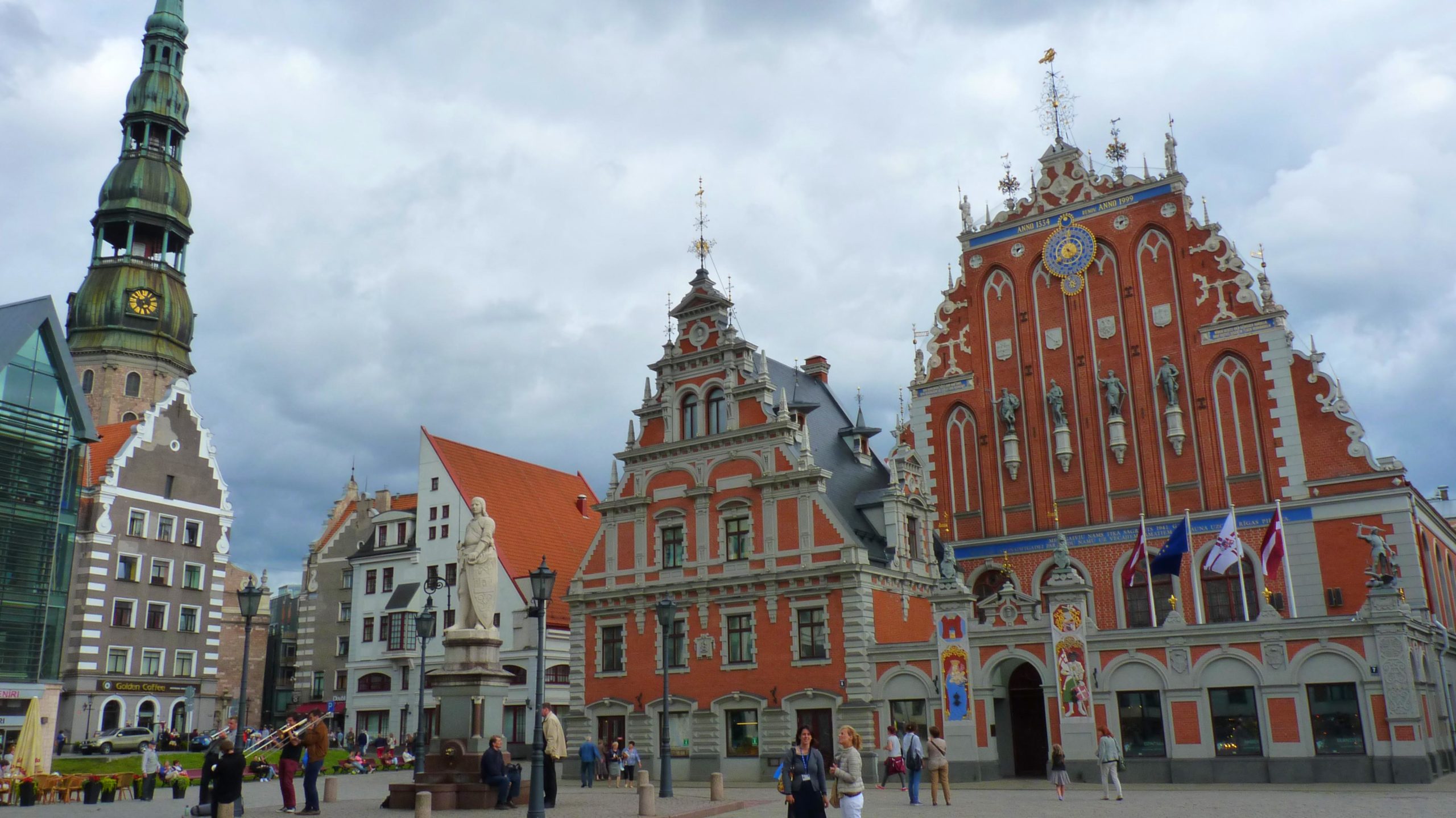
Serbia’s central position on the Balkans has been used as a bridge between West and East for generations. This strategic position was the cause of many difficulties throughout history. Empires were always interested in controlling the crossroads going through Serbia. Nowadays, we consider this geographical position an advantage. We are doing our best to organize Serbia’ transport infrastructure into a regional transport hub. The value of ongoing projects in Serbia is around EUR 5 000 million, and an additional EUR 6 000 million is planned for future transport projects. This is one of the main reasons for the substantial investments driven into the finalization and modernization of road Corridor 10 and Corridor 11 (E-793). It is an investment for the future economic development of the country.
Ports in Belgrade and Novi Sad are recognized as core network ports, and we intend to develop them soon. Especially the ports in Smederevo Šabac, and Apatin which will significantly improve inland waterway network capacity. Airport Nikola Tesla will soon be revitalized through the concession given to Vinci Airports. This form of public-private partnership will ensure future airport development follows the best airport operator practices. Infrastructure will be improved and equipped with an alternative runway, and taxiways.
Our vision is for Serbian infrastructure to play an increasingly important role in the global transport network. The Trans-European Transport Networks in Europe has been extended to the Western Balkans. There is no doubt that this will lead to increasingly active transit and the development of the logistics sector. According to EU annual progress reports we are on the right track. We finalized the screening process for Chapters 14 and 21 successfully which indicates we are aware and ready for such actions.
The strategy for the development of Serbian transport infrastructure continues to focalize on the finalization of Corridor 10 and Corridor 11. Also, we intend to develop the road network with neighboring countries including further but not limited to; the highway to Romania leading from Belgrade to Temisoara, the highway of peace to Pristina which will lead onwards to Tirana and the port of Durer and of course the highway between Belgrade and Sarajevo. The construction of the first intermodal terminal in Belgrade will start in 2018 and will further boost the development of intermodal terminals.
Over the next few years, we will ensure the railway network receives the necessary funding to bring railways up to EU standards. High-speed railway line between Budapest to Belgrade will soon extend to Macedonia and Greece which will help make the One Belt One Road Initiative realistic.
One of the key parameters used to measure how investors feel about Serbian business regulations has been the World Banks’ ranking list, Ease of Doing Business. A joint group has been created to improve the position of Serbia on these rankings. Since its creation in 2014 Serbia has reached position 43rd, up from 48th three years ago. The best result has been achieved in the area of issuing building permits. Serbia ranked 10th worldwide in 2018, making a progress of 176 positions. Other areas are being targeted for improvement such as activities of cadaster. This reform aims to increase the efficiency of the cadaster by eliminating procedures and by introducing electronic communications to the party with the cadaster through public records, executors, and courts. The methods and their number are shortened, and a great shift and the improvement of the land administration is expected. This will further simplify the business environment in Serbia and certainly creates a favorable environment for investment. It will in turn boost GDP.



